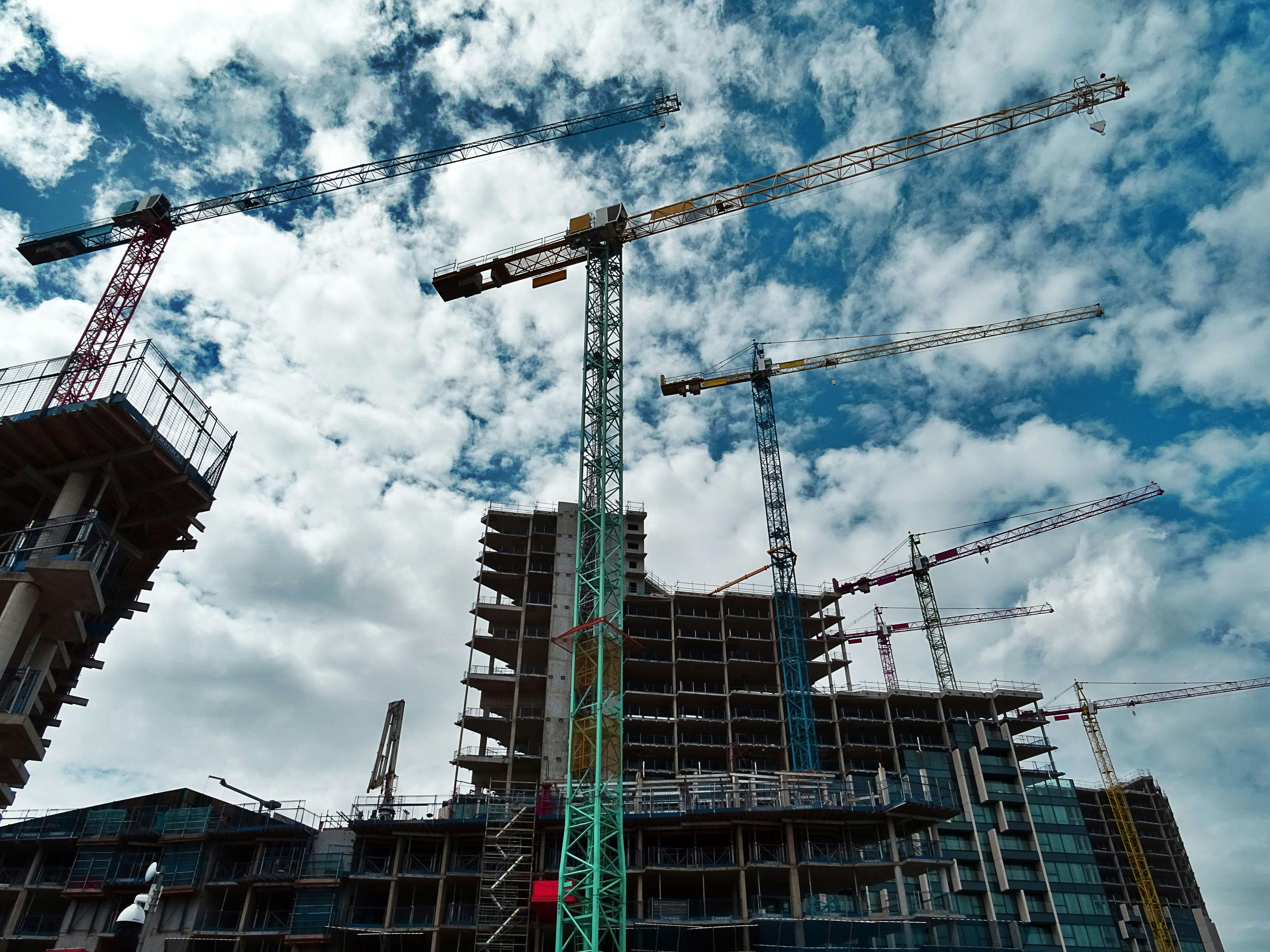Revolutionizing Cities: How Urban Development Technology is Shaping the Future
The rapid evolution of urban development technology is not just changing skylines but also how we think about city living and planning. From smart infrastructure to sophisticated data analytics, the tools and systems at the forefront of this field are making cities more efficient, sustainable, and livable. This article dives deep into the transformative power of urban development technology and its pivotal role in modern urban planning.
- The Rise of Urban Development Technology
- Key Technologies Shaping Urban Development
- Impact on Sustainability and Efficiency
- Real-World Applications and Case Studies
- Future Trends in Urban Development Technology
- Conclusion
The Rise of Urban Development Technology

Urban development technology has become a cornerstone in how cities are designed and managed. Leveraging digital tools and innovative solutions, urban planners and developers are better equipped to address some of the most pressing challenges faced by modern cities. These technologies not only offer enhanced analytical capabilities but also enable more participatory and adaptive urban development processes.
Key Technologies Shaping Urban Development
Several technologies stand out for their impact on urban development. Smart city solutions integrate IoT sensors to manage city services and resources efficiently. Geographic Information Systems (GIS) provide crucial data that informs everything from traffic patterns to disaster management. Meanwhile, big data analytics and AI are being used to process vast amounts of information to improve decision-making and urban governance.
Smart Infrastructure and IoT
Internet of Things (IoT) technology is at the heart of the smart infrastructure revolution. With IoT, cities can optimize traffic lights, reduce energy consumption in public buildings, and improve public safety through surveillance systems that analyze real-time data.
Geographic Information Systems (GIS)
GIS technology offers a spatial lens for urban planning. By visualizing demographic, environmental, and infrastructural data, urban planners can make more informed decisions that align with long-term sustainability goals.
Artificial Intelligence (AI) and Big Data
AI and big data are transforming urban development by predicting trends, simulating various planning scenarios, and providing insights that were previously unattainable. These tools are crucial for dynamic urban management and for anticipating future needs.
Impact on Sustainability and Efficiency

Urban development technology is significantly advancing sustainability efforts. Smart grids and renewable energy integration are reducing cities’ carbon footprints, while AI-driven resource management systems ensure that water, electricity, and other resources are used more efficiently. Moreover, technology-driven public transport solutions are decreasing traffic congestion and pollution.
Real-World Applications and Case Studies
Cities worldwide are embracing urban development technology to enhance their livability and efficiency. For instance, Singapore’s Smart Nation initiative utilizes sensors and IoT to optimize everything from waste management to elderly care. Similarly, Barcelona has implemented extensive smart city solutions to improve energy management and urban mobility.
Future Trends in Urban Development Technology
The future of urban development technology is likely to see increased integration of VR for urban planning, blockchain for real estate transactions, and more autonomous vehicles in public transportation. These advancements promise to further revolutionize urban living and planning practices.
Conclusion
As we have seen, urban development technology is reshaping our cities in profound ways. By embracing these innovations, urban areas can become more sustainable, efficient, and responsive to the needs of their residents. Exploring and investing in urban development technology is not just about building smarter cities but also about fostering communities that are equipped to face future challenges.
Explore how urban development technology is revolutionizing city planning and management, enhancing sustainability, and improving livability in modern urban spaces.

